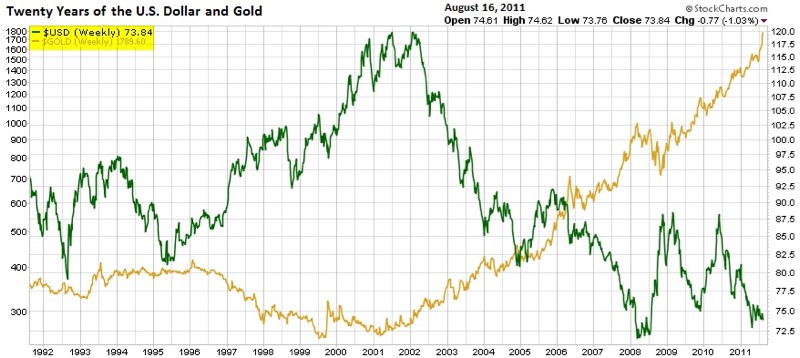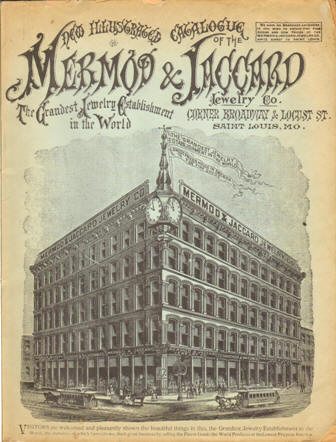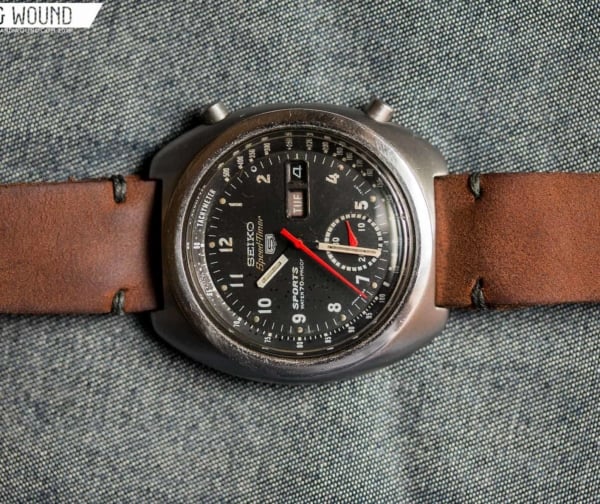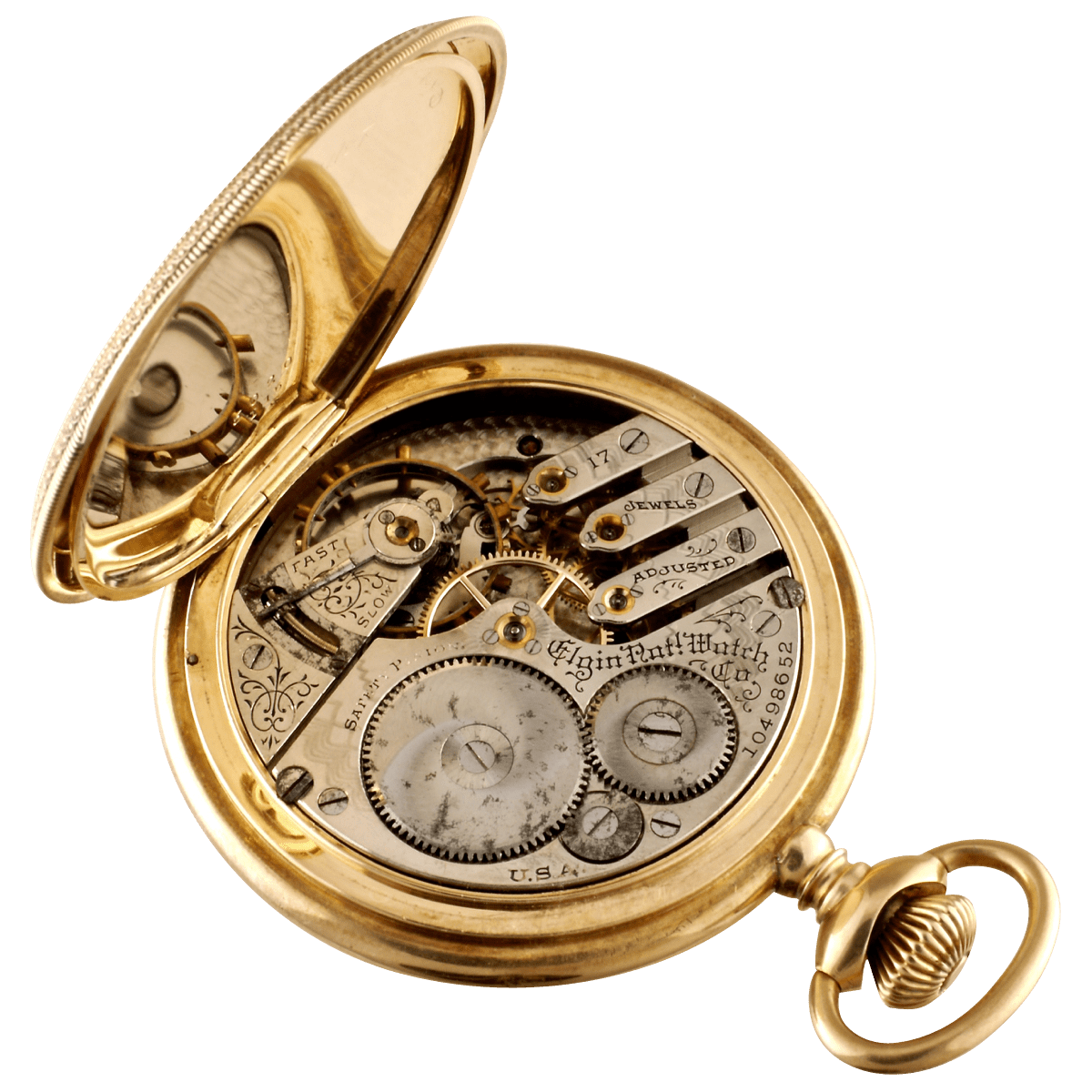Most of you likely know of Dan Henry from his eponymous, vintage-inspired line of value-driven timepieces. But Dan Henry is also a seasoned watch collector and the owner of what may very well be the most expansive personal collection in existence, a fraction of which you can see at Timeline.Watch. Today, we continue our series, Tales From a Vintage Collector, in which Dan recounts some of his most memorable moments as a longtime watch collector.
I have always considered myself a collector of “tool watches”—precision instruments with technical uses, such as those made for divers, the military, engineers, aviators, astronauts, among many others. These timepieces are often very different from watches that simply mark the hours, or from dress watches that are usually smaller, often made of gold, and intended for formal occasions or daily use. There are only a few such dress watches in my collection.
As a collector, I have been following the watch market for the last 20 years. In that time, consumers have become less interested in dress watches for daily wear, and their value has also seen decline among collectors. This same trend applies to ordinary pocket watches.
Generally speaking, pocket watches have lost much of their value, and, as a result, many are only worth their weight in gold and are often melted down for the metal. Nevertheless, it’s hard to resist when these watches are offered to me, and I buy them anyway because, simply put, I love them, and a small part of me hopes that someday a new generation of collectors will find value in these timepieces.
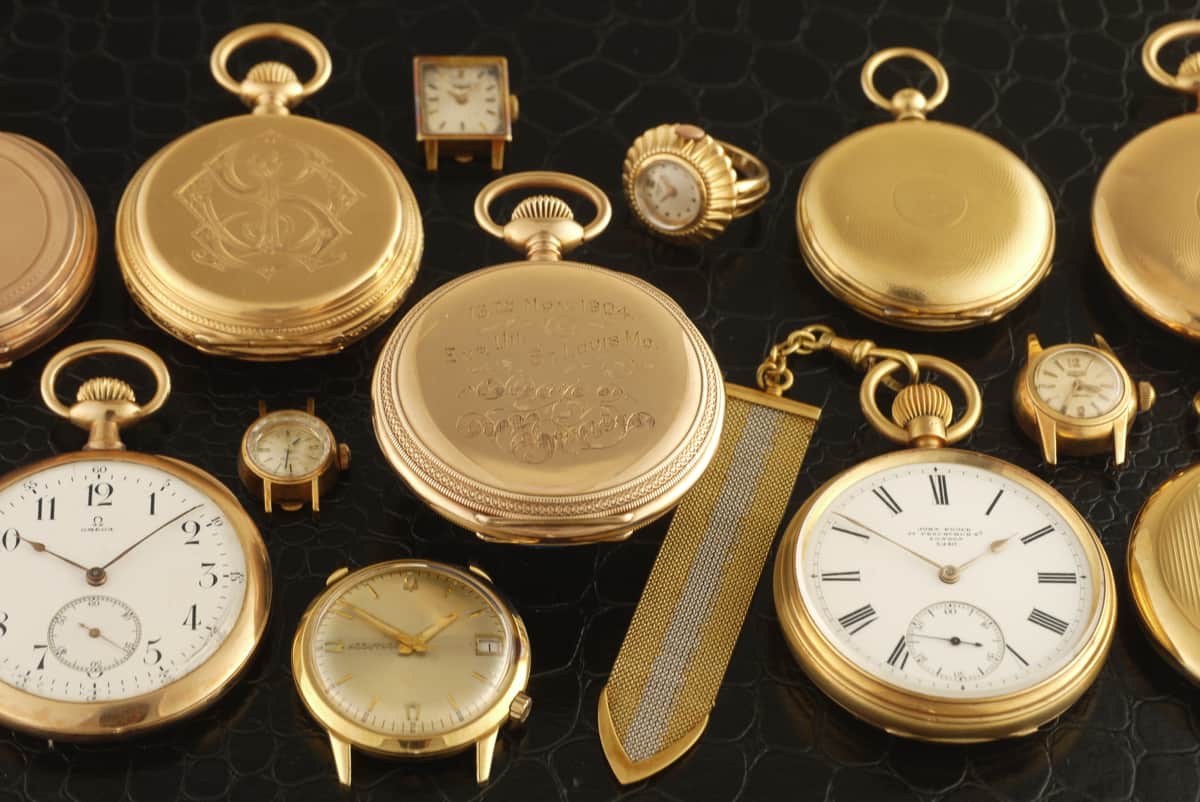









 Featured Videos
Featured Videos





